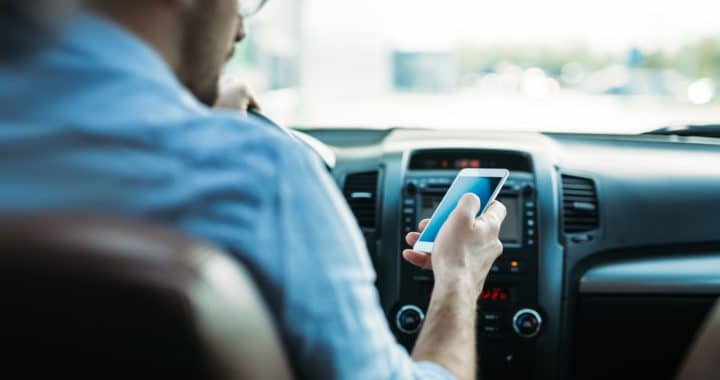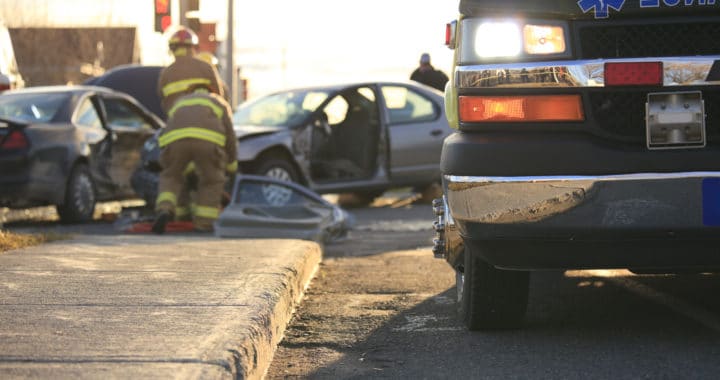The way you handle your personal injuries matters. We want you to receive the most compensation possible to ensure you receive the proper medical and to get you back on your feet. We understand the inconvenience that comes with being injured. You have plenty to take care of and an injury will most likely get in the way. By receiving the compensation you deserve, we can ensure that you and your injuries are being tended to accordingly. So how exactly can you be awarded the best settlement? We look at ten methods to use in your personal injury case.
Never Wait to File a Case
As soon as you are injured, it is best that you file the incident as soon as possible. Additionally, there are time limits when it comes to reporting these accidents. The earlier that you bring awareness to the accident, the more likely it is that a judge will be able to give you immediate and fair compensation.
Have a Number in Mind Ahead of Time
Most of the time, a judge will ask you the amount of compensation you will need to tend to the damages. This figure is for your own information, not just something you would reveal for the sake of your case. Before offers and counter-offers begin, it can help to have a set number to initiate the process.
Never Settle for the First Offer
In addition to our second tip, you should never settle for the first offer with which you’re provided. It’s standard policy for insurance adjusters to begin negotiating by offering a low amount. This is a tactic by the adjuster to see what you think your case is worth. It is also important to react carefully to the numbers. Be reasonable, but also stand your ground with your argument.
Explain Why The Offer is Inadequate
When you do decline the first offer or an offer that still seems too low to you, you have to give a valid reason behind your reasoning. For example, you could mention that the necessary downtime will be months-long, therefore you will need medical care for that entire time. This can also show that you won’t stop negating until you get the compensation you deserve.
Gather All Evidence Possible
Some of the best sources of evidence consist of medical documents, such as medical plans, costs, treatment, and many others. The jury bases plenty of their decision on medical records and other forms of evidence. The more evidence you bring to the judges and the jury, the more that the result will be in your favor.
Emphasize on Emotional Points
The way that these damages impact your life beyond the physical effects can convince the court to give you a much bigger settlement than what they might have been starting out with. When negotiating, try to bring up as many emotional points as possible. For example, you could mention how your injuries affect your family and your ability to look after your children. These factors can be very powerful in determining a final settlement.
Don’t Be Too Eager for a Response
You never want to rush the process. The more that you anticipate receiving a settlement, the less likely it is that the judges will offer a settlement that works for you. You have to provide the judges with enough time for them to come to a high settlement. Also, you should always follow the timeline of the case.
Stay Off Social Media
If you’re active on social media, it might give the impression that you do not need medical care, thus, you won’t need as much compensation. If you’re in pain, you need to show it. Social media can tell a whole different story, and yes, the court will go through your social media, especially if it’s public.
Make a Good Impression
Lastly and most importantly, you want to make the best impression possible. This not only involves showing that you deserve the requested compensation but this also means showing you take your case seriously. When you take the matters into high consideration, so will the judges.
Choose The Law Office of W. Shane Jennings to Get Started on Your Case, Today
The Law Office of W. Shane Jennings is one of the few in Hobbs, New Mexico, that specializes in personal injury. With that being said, we’re your best choice. Contact us today to learn more about how we can help you with your personal injury.
Some of the locations personal injury lawyer W. Shane Jennings serves includes Las Cruces, NM, Hobbs, NM, Alamagordo, Cloudcroft, Anthony, Deming, Lordsburg, and Llano, TX, and more




